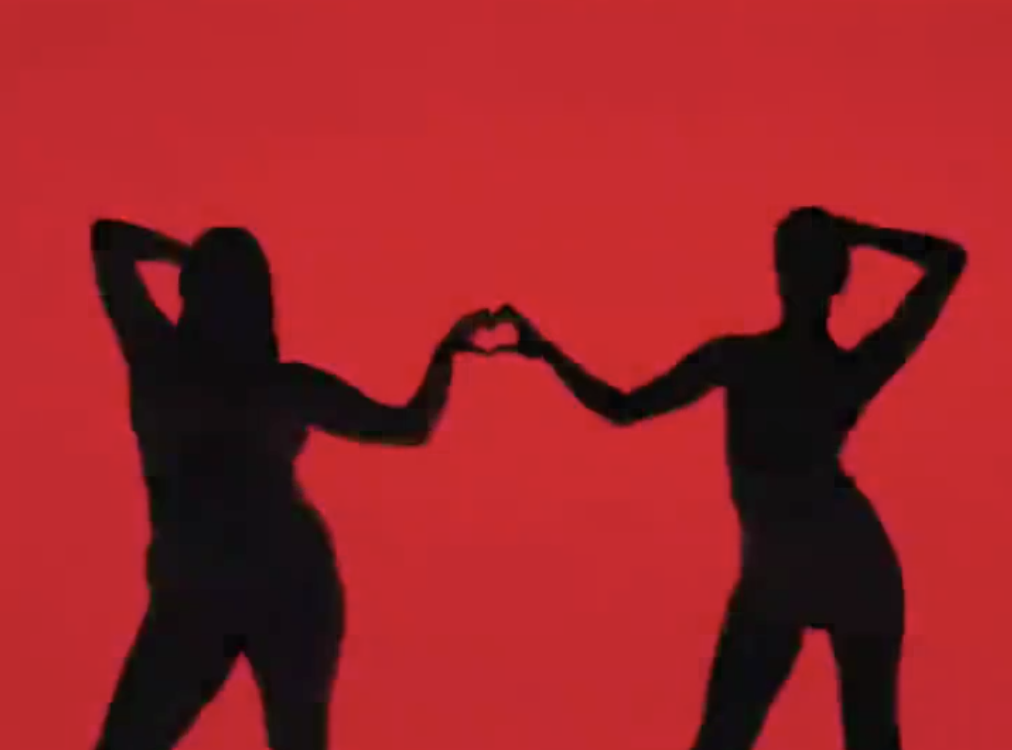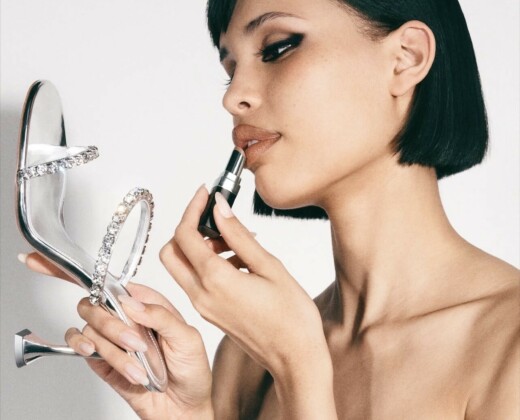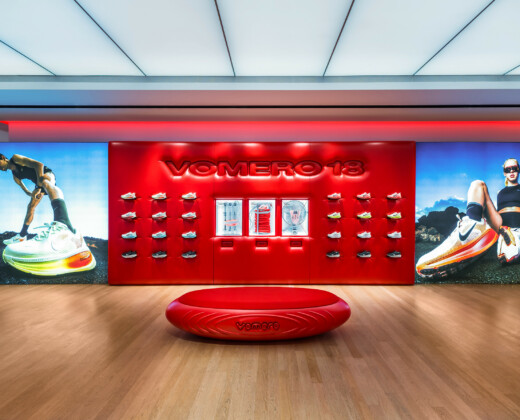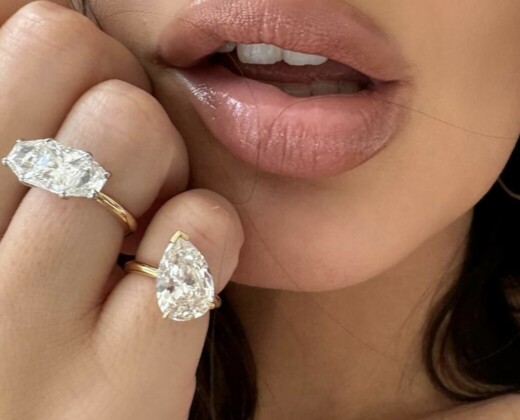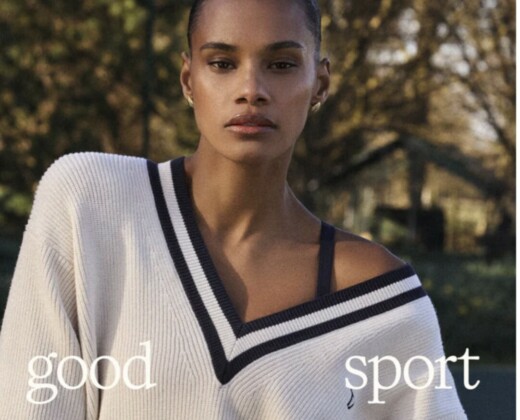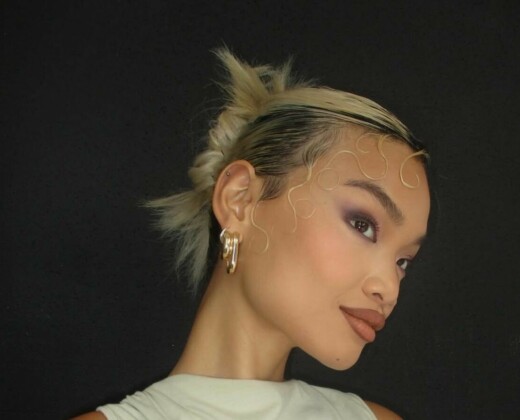The most watched fashion event on the planet, held in seven cities, broadcast in over 180 countries, the most famous supermodels walking and performances from the biggest pop stars in the world. This was the Victoria’s Secret Fashion Show before it was cancelled in 2019. Starting in 1995 with a budget of just $120,000, the show’s budget grew to a whopping $26.4m in 2017. Former president and CEO of VS, Sharon Turney, told Forbes that the show “pays for itself about five times over”, and reports say that a 30-second-long ad during the show would set you back $200,000. So why cancel something so profitable?
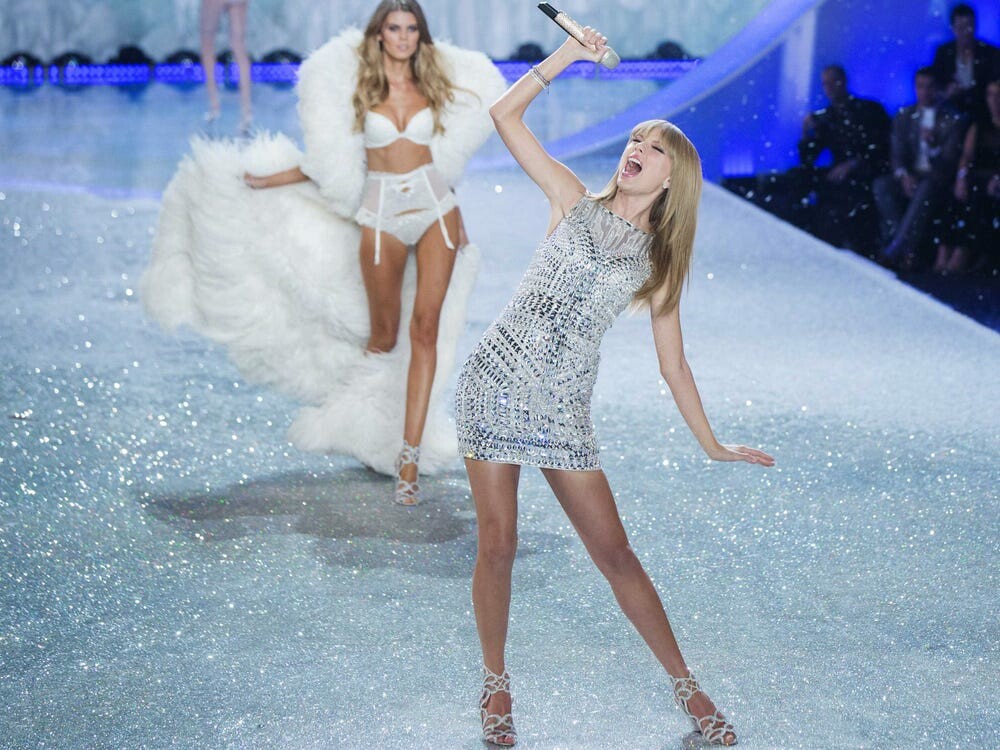
Image Credit: Lucas Jackson
Even before the show was cancelled, views had dropped by over half from 6.7m 2016 to 3.3m 2018, and the brand was receiving a lot of backlash for its choice of models, ad campaigns, and social media. Victoria’s Secret’s ad campaigns came under fire from consumers when they appeared to be promoting an ideal body type. This especially offended the younger generation, who didn’t appreciate the hyper-sexual advertisements promoting conventionally attractive and often Eurocentric features in an attempt to appeal to the male gaze; petitions to change from their future customers doesn’t exactly make a brand look good.
Other brands showed VS up by recreating their campaigns with more diverse models, such as JD
William’s ‘#PerfectlyImperfect’ campaign and Lane Bryant’s ‘#ImNoAngel’, both featuring plus size
models.
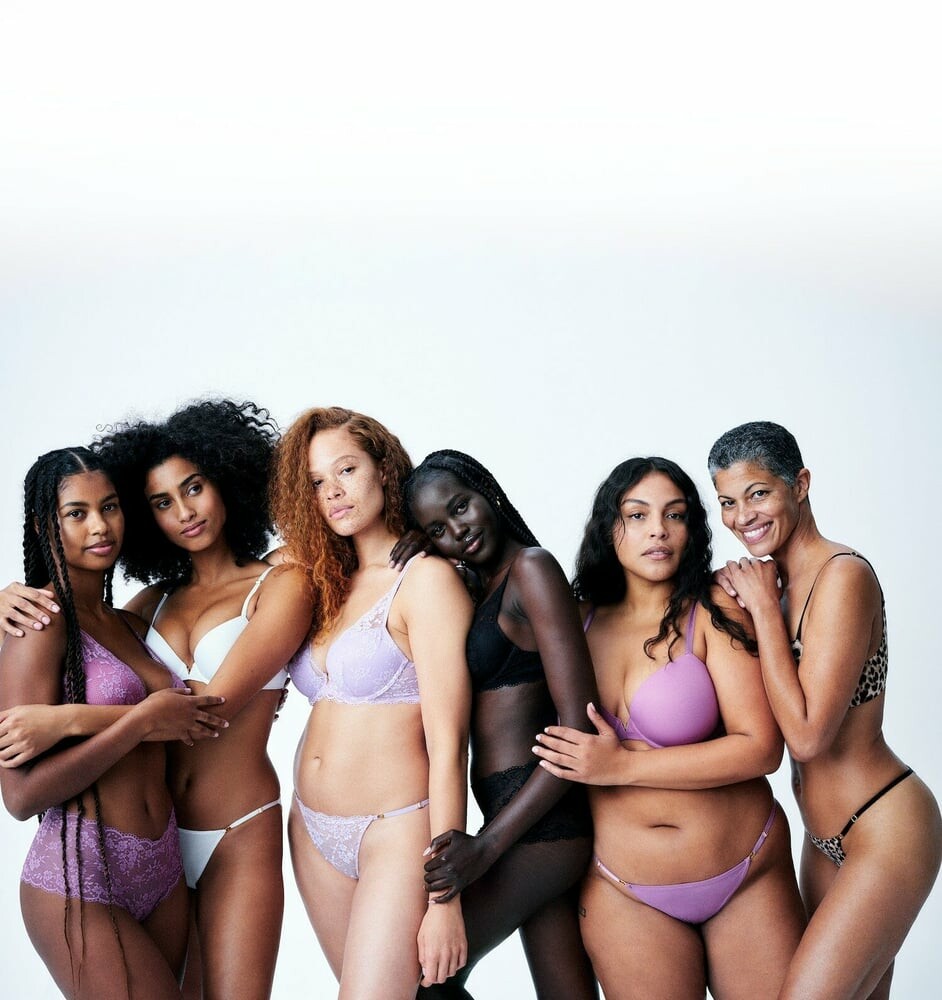
Image Credit: Victoria Secret
As it failed to adapt to changing consumer demands, the show was compared to Rihanna’s highly successful Savage X Fenty fashion show, which featured plus-size models, people of colour, LGBTQ+ models, amputees, and pregnant women. One Twitter user described the VS fashion show as “the Super Bowl of bulimia.” As if this wasn’t enough controversy, sizeist and transphobic comments from L Brands CEO Les Wexner, a close friend of Jeffrey Epstein, were the last nail in Victoria’s Secret’s coffin.
The brand attempted to revamp its image by having a complete overhaul in 2021, with creative director Ruel Martinez telling WWD that the “world has changed.” In 2022, VS’ website claimed they were “committed to inspiring women around the world with products and experiences that uplift and champion them on their journey while creating lifelong relationships and advocating for positive change.”
This change has involved partnerships with charities, corporate restructuring, and replacing the ‘angel’ supermodels with the ‘Victoria’s Secret Collective’. VS CFO Martin Waters told Entertainment Weekly that this would include women who are “famous for their achievements and not their proportions”, including trans model Valentina Sampaio and former refugee Adut Akech. Pop superstar and voice of the people, Lizzo, asked Twitter users the burning question, “Do the CEOs of these companies value true inclusivity? Or do they just value money?”
If the brands’ diverse collective and increased sizes are anything to go by, the fashion show ought to rival Savage X Fenty, whilst still bringing the glamour and style of the famous event.
Words by: Lucy Walshe
Header Image by: Timothy Clary


